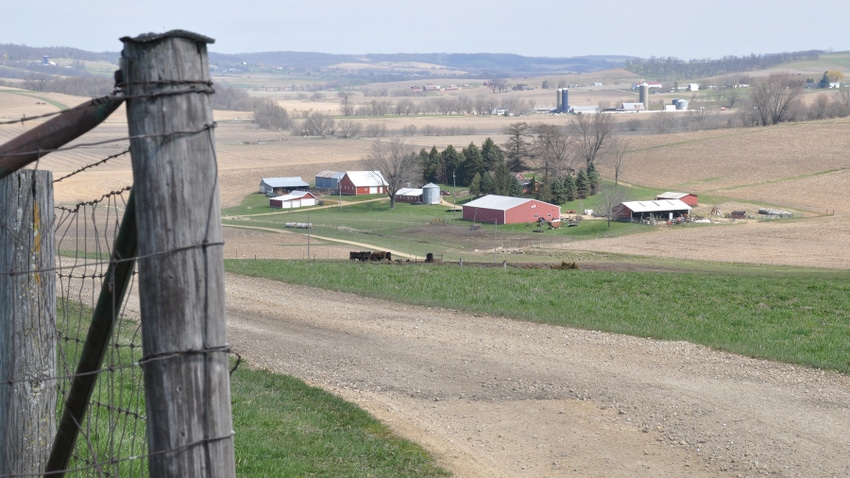April 29, 2024

The IRS released new guidance for retirement accounts. According to a USDA Economic Research Service report, only about 40% of farmers invest in qualified retirement accounts. From my conversations, most farmers figure if they buy as much land as possible, they will retire on the rental income and will have the land asset to pass on to future generations.
You might be right in that “buy land” strategy. But you might want to diversify by investing at least something in retirement accounts.
The easiest retirement account to set up is a self-directed individual retirement account, or IRA. There is a pretax version (traditional) and an after-tax version (Roth). In 2024, the contribution limit is $7,000 per person, or $8,000 if you are over age 50.
Regardless of whether you invest pretax or after tax, you have almost unlimited freedom to choose the type of investment you want in the account. You might want your IRA invested in certificates of deposit (CDs). You could invest in annuities, mutual funds, exchange traded funds (ETFs), real estate investment trusts (REITs), or directly in stocks or bonds. No matter what type of investments you choose, they grow in the retirement account without your current taxes.
Pretax accounts
By “pretax,” we mean that the amount you contribute to the account is deductible against your taxable income in the year of contribution. You make $100,000 and contribute $7,000 to your traditional IRA, so you pay tax that year on $93,000. The $7,000 in the IRA is invested and presumably will grow. When you reach retirement age and start drawing out of that account, you pay taxes on every dollar you withdraw.
One advantage is tax deferral: It’s better to pay taxes later when you want to spend the money than in the year that you made it. You keep a larger amount of money working for you in the meantime. The second advantage is a lower tax rate: If all goes according to plan, during retirement, your income will be lower, so you will be in a lower bracket.
You can’t put off paying forever. At age 72, you must start withdrawing and paying income tax on a small amount of your traditional IRA each year. If you still want to farm beyond that age, this rule creates an incentive to start transitioning your active farming income to a successor. Otherwise, you keep paying income tax on high farm income plus the retirement account withdrawals, pushing you into an even higher tax bracket.
After-tax accounts
After-tax retirement accounts work like this: You make $100,000 and contribute $7,000 to a Roth account. You still pay tax on the full $100,000. But now $7,000 in the Roth account grows tax free, and all withdrawals from the account will be tax free. There is no age at which you must start withdrawing the funds, either. As long as you live, the Roth IRA can keep growing completely tax free.
If you want to contribute more than $7,000 or $8,000 to a retirement account, there are other options; each has added complexities. A solo 401(k) works for an owner with no other employees and can be set up with traditional (pretax) or Roth (after-tax) contributions. Alternatively, a simplified employee pension (SEP) plan allows a self-employed farmer to invest 25% of their net earnings, up to $69,000 in 2024. For the largest contribution limits, consider a defined benefit pension. This will work best if you are close to retirement age, have no employees and want to put a lot of pretax money into retirement savings.
What about retirement accounts that are not fully withdrawn during the retiree’s lifetime? Many complex rules apply, but most beneficiaries other than a spouse must withdraw all the funds within 10 years after death. If you don’t, stiff penalties apply. This 10-year rule started under the 2019 SECURE Act and applies to deaths starting in 2020.
If you inherited such a retirement account, you might know that the law seems to require that at least a small part of the account be withdrawn in each of the 10 years. But each year such a requirement has been waived, starting with COVID-19 laws in 2020. Earlier this month, IRS released Notice 2024-35 to say again that if you are the beneficiary of a retirement account under this 10-year rule, you will not be penalized if you do not withdraw anything during 2024.
Next year? No one knows!
About the Author(s)
You May Also Like






